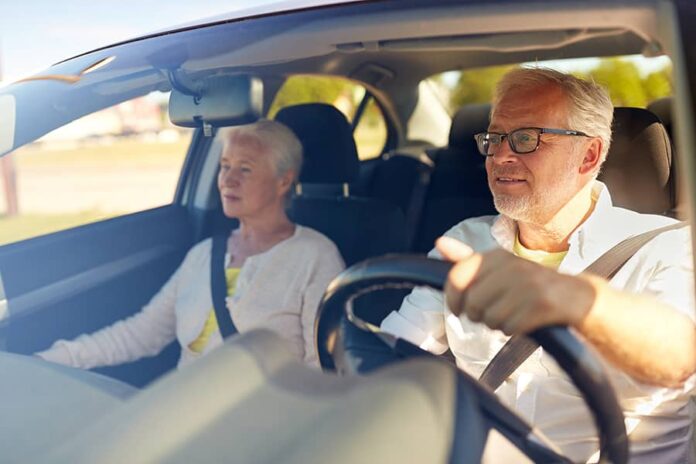The first time Vonciel Gray took control of a car, Dwight Eisenhower was in the White House. Fast forward several decades, and despite maintaining an impeccable driving record, the 85-year-old realized three years ago that it was time to stop driving.
I drove to church one morning and felt incredibly anxious, Gray recounted. I think I might have run a red light, and once I returned home, I decided that was it.
Like many older Americans facing the challenge of relinquishing their independence after no longer driving, Gray’s experience resonates deeply with her family. Her son, Kurt Gray, has dedicated his career to promoting safe driving practices; thus, this decision weighed heavily on him.
One of my areas of expertise is evaluating senior drivers by assessing their cognitive abilities, mobility, and vision before seeing how they perform on the road, Kurt explained. After nearly three decades with AAA, he now runs KEG Consulting LLC Driver Safety Services, where he assists families in broaching the sensitive topic of when a loved one should stop driving.
Often families don’t engage their parents soon enough in this important conversation, Kurt noted. It could start with something like ‘Hey Mom or Dad, I’ve noticed some dings on your car; perhaps we should explore alternative transportation options.’”
According to the U.S. Census Bureau, by 2030 there will be around 71 million individuals aged 65 and over in America—making up about 21% of the population. Joseph Coughlin from MIT’s Age Lab emphasizes that our aging society is heading towards a significant mobility challenge: “Instead of solely focusing on testing older drivers’ capabilities, we need to examine how new technologies can either assist or distract them.”
To aid in this research, Coughlin’s team has developed a simulator equipped with sensors that monitor heart rates, eye movements, and stress levels while drivers face various simulated distractions. This data is then shared with automotive manufacturers to help them innovate vehicle designs for safety enhancement. “We’re assisting car companies in rethinking how vehicles are built,” Coughlin stated.
While no technology can guarantee safety for every elderly driver—a realization Vonciel came to when she decided to hand over her keys—she found peace in relying on rides from friends and family instead.
Reflecting on her choice three years later, Vonciel shares enthusiastically: “I truly believe it was one of the best decisions I’ve made as I’ve aged.” Now she relishes her retirement from the comfort of a passenger seat!

